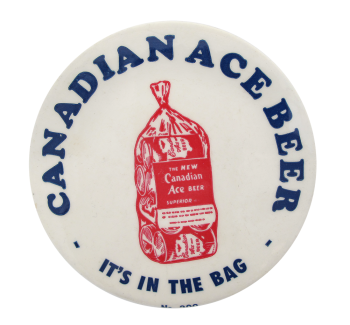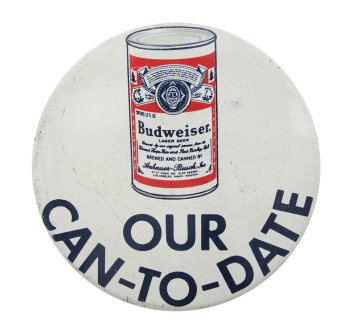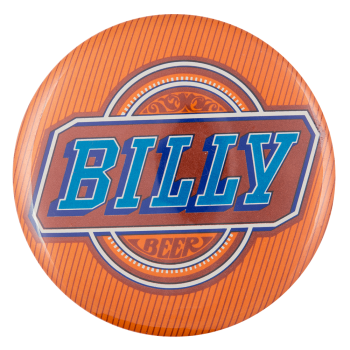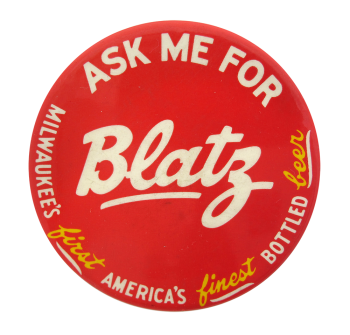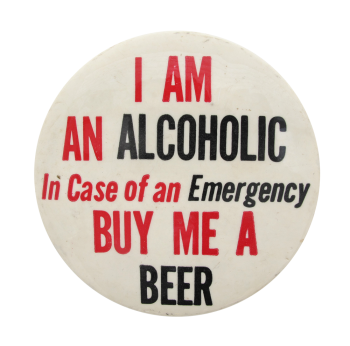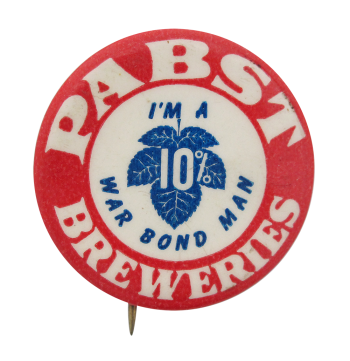Canadian Ace Beer
| Category | |
|---|---|
| Additional Images | |
| Sub Categories | |
| Text on Button | CANADIAN ACE BEER IT'S IN THE BAG |
| Image Description | Blue text on white background, illustration of a red bag of beer cans. |
| Back Paper / Back Info |
(union bug) |
| Curl Text | No. 308 |
| Back Style | |
| The Shape | |
| The Size | |
| Additional Information | The Canadian Ace Brewery, originally the Manhattan Brewing Company, was run by Charles Schaffner until he sold it in 1919 to Johnny Torrio and Al Capone. Manhattan changed their name to Canadian Ace in 1947, and discontinued producing any brands bearing Manhattan in the name. The likely rational was an attempt to "clean-up" the post-war image of the brewery by retiring the Manhattan flagship brand and relying upon the well established Canadian Ace brand for the future. The link to organized crime remained as Lou Greenberg was a principal owner of the Canadian Ace Brewing Company. The Canadian Ace Brewery closed in 1968. See more photos of pre- and post-prohibition beer buttons on the Busy Beaver blog. |
| Catalog ID | BE0037 |

